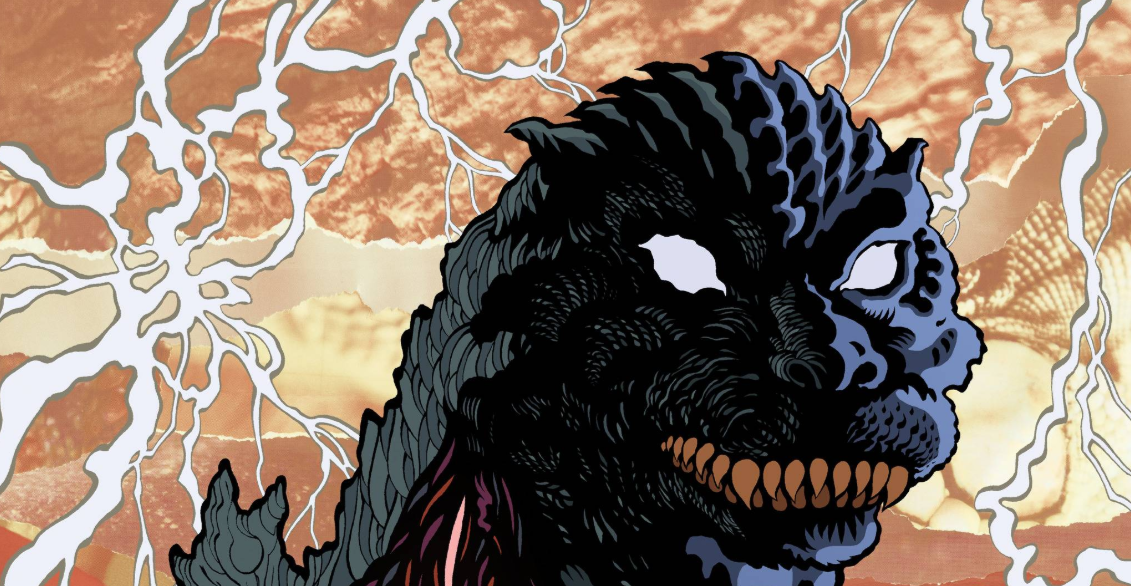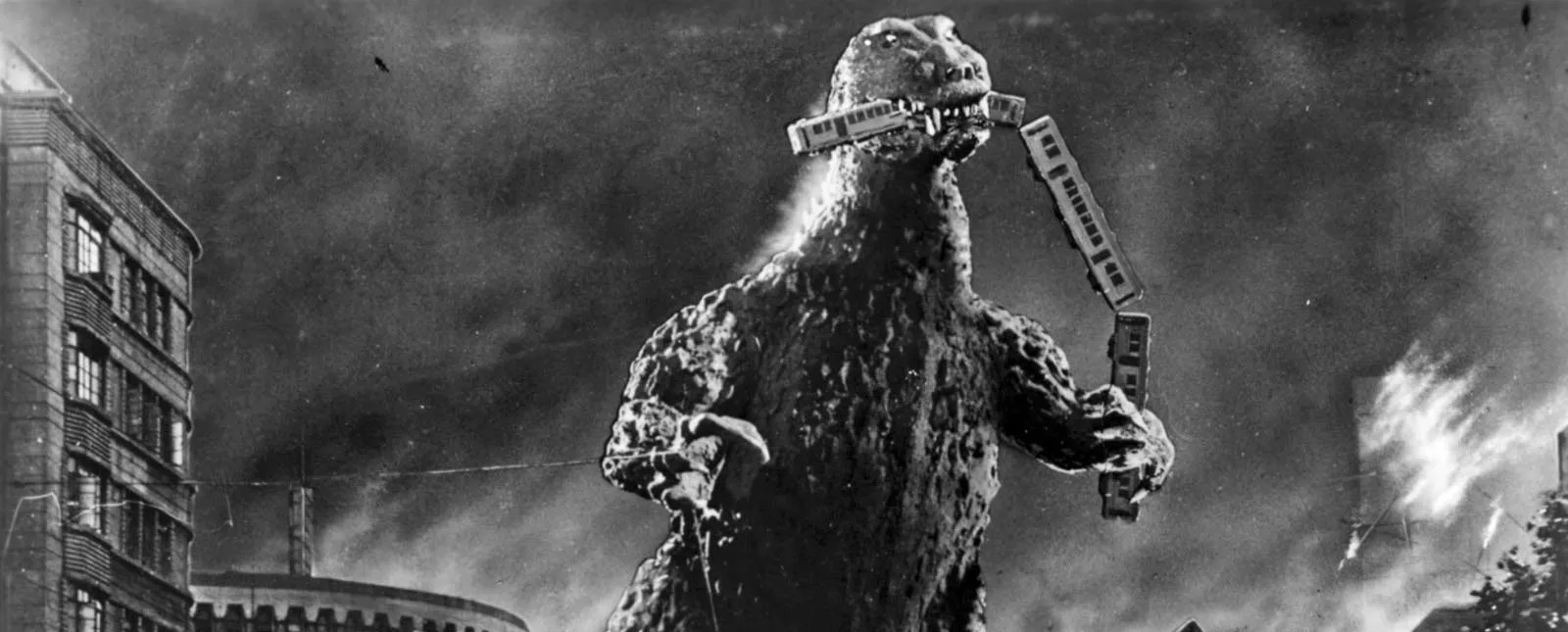Beginning in 2021 and ending in 2024 with a revolving door of creatives who came and went, Godzilla Rivals heralded the single most expansive world the King of the Monsters has ever inhabited; a vast, decade-spanning reinterpretation of the franchise’s storied history that encapsulates the struggles between a dwindling humankind and the ever-expansive world of giant monsters they have found themselves within. Beginning in media res, the series proceeds to catalogue a modern retelling of the Godzilla mythos as filtered through the lens of differing perspectives, both in terms of the creatives behind the book, but also by the myriad characters who inhabit each story. With each issue taking place roughly in a different year, decade, or century from one another, each replete with its own cast of characters and distinctive style reminiscent of a particular era of the monsters’ history, Rivals creates a timeline that better embodies the scope of the mythology than what was previously possible through the medium of film.

The first issue details the battle between Godzilla and the sludge-monster Hedorah in a story that takes place in 1971, the same year that the eponymous Hedorah first debuted in a self-titled movie wherein she fought the big G himself. Written by Paul Allor, art by E.J. Su, and Coloured by Adam Guzowski, the clean, yet highly kinetic art recalls the Showa era from which the story dwells. The design of Godzilla is deliberately evocative of that period, and the art itself seems to have been drawn reminiscent of the growing styles of anime at the time.
The story not only establishes the book’s focus on “on-the-ground action” with a tense car scene occurring under the feet of the battling monsters, but also the existence of the Kaiju Defence Research Centre. This goes a long way in making this world feel both storied and vast, and personal and populated by real people. The Kaiju Defence Research Centre, being an existing entity, also instils in the reader the idea that Kaiju are indeed a part of everyday life for this universe. The 70s setting immediately conjures up questions of how long these monsters have been known entities, and whether or not they persist to the modern day.
This first issue is a fantastic entry point into the series, throwing us the reader into the thick of a war between Goliath’s and David’s, with the former seemingly unfazed by the existence of the latter. Despite an apocalyptic setting, the comic never ceases to maintain a humanist tone and positive outlook on mankind, in line with the often bleak yet optimistic attitudes held by the franchise since its inception.

The second issue pits Godzilla up against one of his oldest foes, Mothra, in a story written by Mark Kenney, pencilled by SL Gallant, Inked by Maria Keane, and Coloured again by Adam Guzowski; and set in 1984. The story wisely expands upon the world created in the first, introducing a dimension of magic and divinity in the form of its majestic kaiju heroine. Godzilla here is more deliberately evocative of his early 80s appearance, and is thus suitably more outwardly violent towards mankind than in his previous appearance.

The third issue takes much the same approach, however, it expands the setting further into the realms of science fiction, rather than Mothra’s fantasy trappings. Adam Gorham delivers both script and art, with Adam Guzoswki reprising a colourist role, in Godzilla vs King Ghidorah. This third issue is a wonderful mashup of 60s space-race camp as would’ve been seen in the likes of the Star Trek-esque “Invasion of Astro Monster”, as well as the 90s science fiction cheese, a la the Heisei era of the Godzilla franchise. Taking place in 1996, the story blends both classic alien invasion parables of flying saucers and ray guns, with the grittier sensibilities of 90s action cinema. It not only brings Godzilla’s best-known opponent to the comic book page, but also reimagines the likes of the villainous “Xilliens”, a race of devious aliens seen in both the aforementioned “Astro-Monster” and later, “Godzilla: Final Wars”. Similarly, it brings back other fun sci-fi concepts of those earlier films, the oddball Dr. Hu, a villainous figure seen in Toho’s “King Kong Escapes”, and fan-favourite robot, Jet Jaguar.

The fourth issue brings the reader further into the present day, or rather, the very near future of 2027. Written by Rosie Knight and illustrated by Oliver Ono, the story stages the battle between Godzilla and Battra. The story leans far more heavily into the apocalyptic implications of the previous three stories, and brings with it a more meditative tone courtesy of the book’s detailed and emotive art style. This is the first issue in the series wherein Godzilla is spoken of in reverence, rather than fear. There is an air of mythologisation that surrounds the King of the Monsters, a godlike being that had become inseparably intertwined with the grand human story, other countless decades of war and turmoil. This too, reflects the journey of Godzilla on the big screen, going from a nightmarish parable about the destructive nature of the human race to a hero for all children to cheer for.
The rest of the series continues much along the lines, introducing new concepts, having its titular monster king face down old foes both forgotten and fan-favourites, all whilst establishing a long continuity sown together by a deeply held love for the franchise held by its myriad creative teams; all of whom bring a unique quality to their work that enables this fantastical science fiction universe to come to life with more variation than ever before. Godzilla: Rivals carried on the many more issues beyond the four covered here, however, like all great stories, they are best experienced personally, rather than through the recollections of another, and so this essay serves only as a taster to entice readers to delve into the world of Godzilla beyond the big screen.





